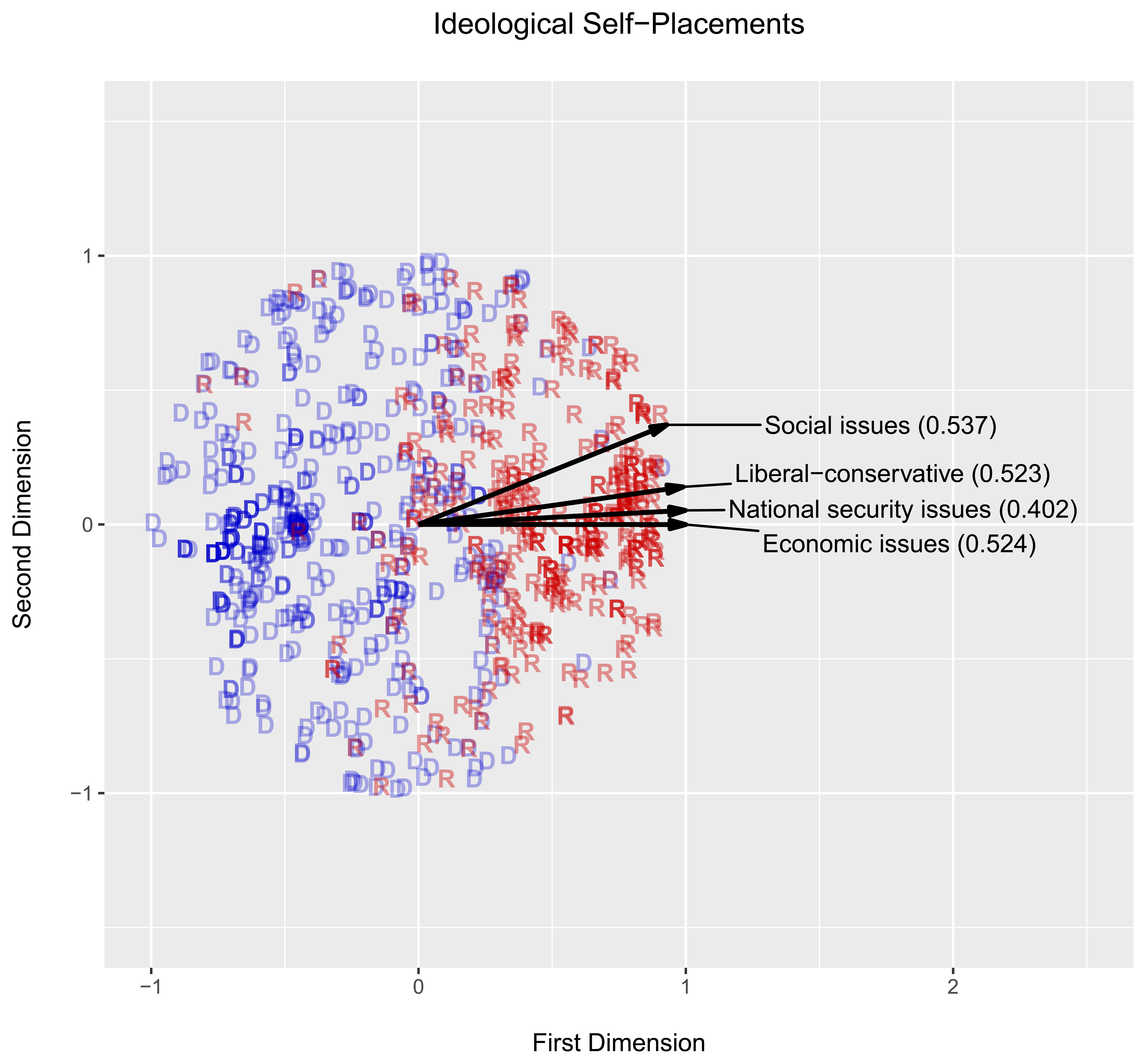What Ordered Optimal Classification Reveals about Ideological Structure, Cleavages, and Polarization in the American Mass Public

This paper develops an extension of Poole’s (2000) Optimal Classification (OC) scaling procedure to the analysis of polytomous or ordered choice data. This type of data is regularly encountered in public opinion and expert surveys, legislative and judicial bodies where abstention is relevant, and measures of policy that are coded along ordinal scales. OC is nonparametric and requires only minimal assumptions about voters’ utility functions and the error term. As such, Ordered Optimal Classification (OOC) provides a flexible modeling strategy to estimate latent ideological spaces from ordinal choice data. OOC is also easily estimated in multidimensional space without identifying restrictions. After describing the OOC procedure, we perform a series of Monte Carlo experiments and apply the method to analyze survey data from the 2015 Cooperative Congressional Election Study. We then conclude with a discussion of how scholars can utilize OOC in future work involving multidimensional spatial models of choice.
Keywords: ideal point estimation; ideology; public opinion; optimal classification
The paper can be downloaded here
Data and replication codes could be reached here
ooc package can be downloaded here